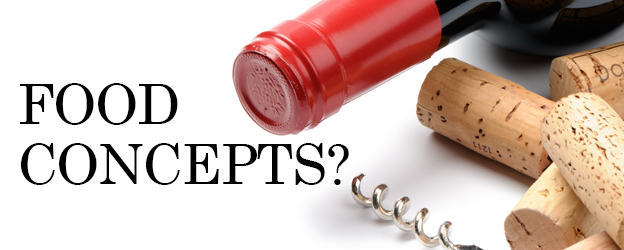 By Leslie Dillon
By Leslie Dillon
It’s my experience that, most of the time, the client has an idea of what the menu should be. We then begin to ask some questions of the client which they may have not considered:
- We start with the area of town they would like to operate in:
- What does the competition look like? Chart out relevant nearby restaurants.
- Who is your target demographic? Millennials, Generation X-ers, Baby Boomers? Do they live in your desired area?
- What kind of pricing can the market bear?
- What might the available niche in this market look like? What is missing from the local restaurant mix?
Sometimes we find that their desired menu is wrong for their desired location. We then ask where their menu idea might work the best. We use the following categories:
Suburbs
- Strong for dinner, happy hour, weekend brunch
- Tends to be more conservative in tastes and less adventurous
- Strong family area
- Weak on lunch
- Wore eating vs dining. More entrees vs small plates. Tend to drink more wine and beer. Less liquor.
- Can have a breakfast menu as well
- Looks for value proposition
Downtown Offices and Retailers
- Strong for lunch, happy hour and delivery
- Possible to have a breakfast menu
- Strong for to-go business
- Needs to be quick, with lower prices, healthy options and less adventurous (eat it and beat it)
- Can be strong for dinner if located near hotels, theaters, convention centers, and shopping. Still conservative in tastes.
- Tend not to drink except in the evening. More wine and beer. Less liquor.
Trendy Areas — Generally Outside of Downtown
- Strong for happy hour, dinner and weekend brunch
- Adventurous diners, good for interesting food and cocktails
- Like small plates, tapas, interesting cocktails and wines and beers.
- Can have a breakfast menu
- Less sensitive to value proposition
Non-Trendy Areas — Outside of Downtown
- Strong in dinner, happy hour, weekend brunch; can be good for breakfast
- Tends to be more conservative in tastes and less adventurous
- Stronger family area
- Weak on lunch, but can be good in certain areas
- More eating vs dining. More entrees vs small plates. Tend to drink more beer, some wine and some liquor.
- Can have a breakfast menu as well
- Looks for stronger value proposition
While many clients want to take on an interesting menu, there are considerations to be reckoned with:
- What is the available talent pool for both kitchen staff to produce the food and service staff to sell the food and beverages? What am I going to have to pay for this talent, and is it affordable in my business model?
- What might the sales be in this area? With the operating costs I am to have? Does this work financially?
- What might the build-out cost look like, and do we have the funding?
- What might the rent be, and can I afford it with the projected sales?
These are the main questions to be reviewed. There are others as well.
What are the steps in developing a new menu:
- Write the menu
- Test each menu item with the stakeholders
- Write the recipes and cost out the menu
- Train the staff on the menu; you need the proper documentation to do this
- Roll out
- Follow up after you open to assure that you are consistent in the production, that you are cost efficient, and that the items are well received
Of course, this is a longer, detailed process but this gives you an idea of what you might consider during the feasibility process.
Leslie Dillon is an experienced executive chef and restaurant consultant, with over twenty-five years in the industry to her credit.
